Electrochemical Energy Storage
Renewable energies are in need of efficient energy storage and energy conversion systems due to their variability in power output.
At the INT we develop novel nanostructured materials for electrochemical energy storage and analyze their performance. We work on optimizing their performance through in-situ NMR, XRD and Mössbauer studies of Li-ion materials.
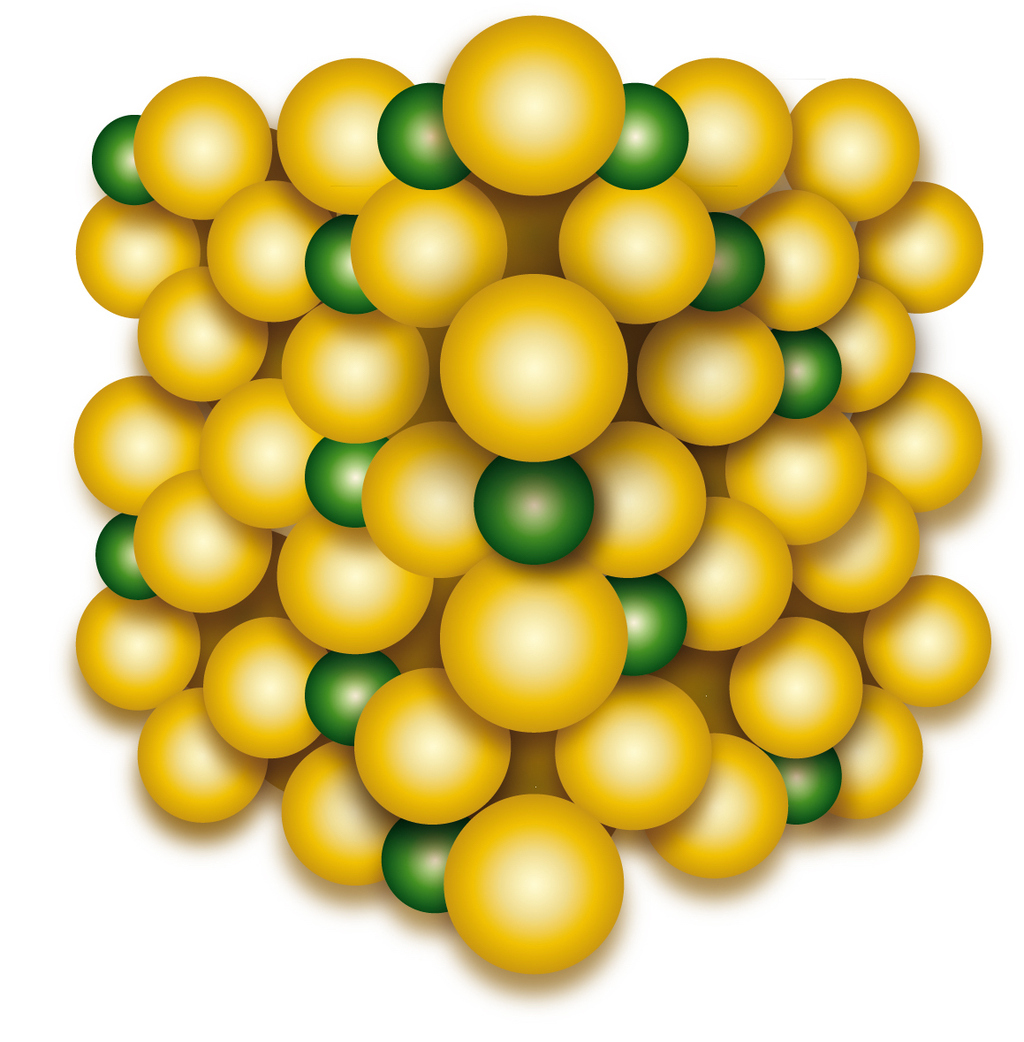
Novel approaches for electrochemical storage and development of materials and devices
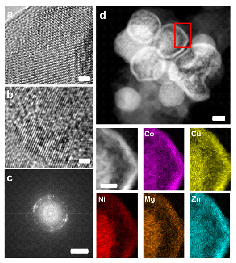
High‐entropy materials, especially high‐entropy oxides (HEO), are of interest due to their unique structural characteristics and possibility for tailoring of functional properties.
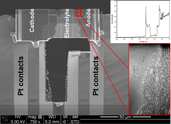
Using in-situ TEM characterization to study the structural changes and degradation processes during electrochemical cycling of solid state batteries at the nanometer and atomic scale
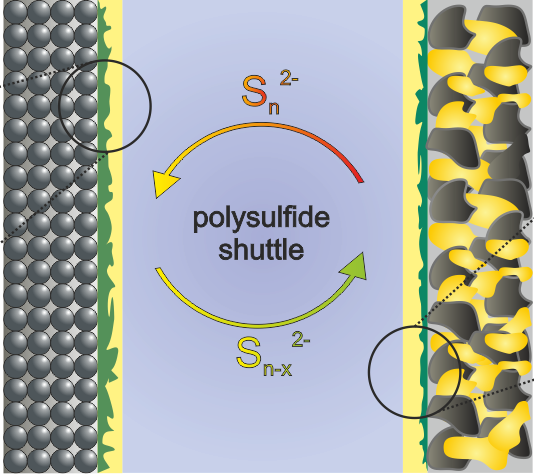
Improved high-capacity anode, sulfur and high-voltage cathode materials
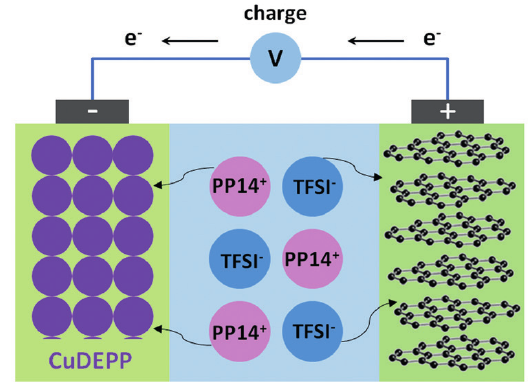
Electrodes based on Copper-porphyrin materials are attractive as they can act as donor or acceptor with high performance and stability.
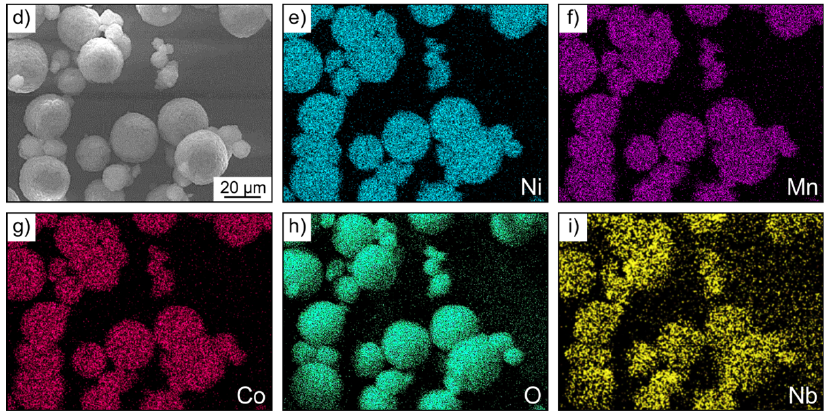
Interfacial stability is crucial for the performance of solid electrolytes in Li-ion batteries.
